An abbreviated version of a sermon delivered on Yom Kippur
By Rabbi Kevin Kleinman, Reform Congregation Keneseth Israel View and Print as PDF.
View and Print as PDF.
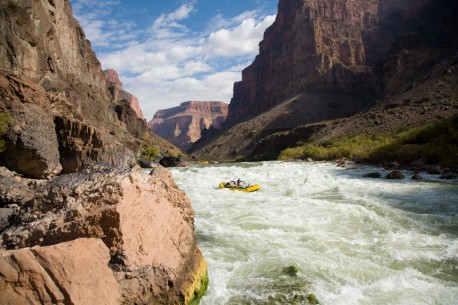
It was just after midnight in Canyon City, Colorado. We pulled the van off the road next to a clearing alongside the Arkansas River and began unloading rafts, paddles, and life jackets. My heart was beginning to race. Was I really going to do this? Did I trust these men and women I’d come to admire for their knowledge and skill as bona fide “river rats?” There was little time to truly contemplate the craziness of this adventure. Before I knew it, the fifteen-foot inflatable rafts were in the river. Taking a deep breath and uttering a short prayer, “Oh God I hope I get out of this one alive!” I hopped in the raft next to my friend Oded.
The two of us had come to Colorado to become white water river raft guides. We had spent the first month training hard and taking tourists down a beautiful stretch of winding river in the mountains. Now we were in their seats as passengers on an ancient raft guide ritual of floating down the river only under the light of a full moon. It was difficult to see more than a few feet in front of the raft. It was like riding a roller coaster at night. We never knew when there would be a sudden drop. By the end of the voyage I was exhausted and amazed by the power of the river. It was an exhilarating, awe-inspiring adventure, though one I’m not so eager to repeat anytime soon.
Outdoor activities can be dangerous, but they can also be incredibly spiritual experiences. Take a minute to remember a time in your life when you were outdoors and felt really alive, perhaps even close to God. Whether it is putting your hand into the soil of your garden, climbing a mountain at sunrise, or standing in the grass during a softball or soccer game, the world can be an inspiration. It is beautiful. It is precious. And yet, we often take our surroundings for granted.
___________________________________________
Over the last twenty years, a Jewish movement has grown internationally to educate our
communities, summer camps, and schools on the environmental values embedded within sacred texts and traditions.
___________________________________________
When I took passengers down the river I would often tell them to look up every once in a while. Instead of staring at their paddles they were amazed to see the 14,000 ft. mountains around us and the magnificence of the trees in the high alpine forest. Out on the river, free from the chains of technology, it was my gift to allow them to take some time just to be—to feel connected to something greater than themselves.
So often we go through our lives with our heads down, watching our feet or our cell phones and electronic devices. We are distracted as we rush from one place to the next. We miss the simple miracles happening all around us.
Rabbi Abraham Joshua Heschel quotes the Bal Shem Tov, a founder of Jewish Chasidism as saying, “The world is full of wonders, special radiance, and marvelous secrets, but all it takes is a small hand held over the eye to hide it all.” Think about it for a second. When was the last time you went for a walk or a drive without your phone in your pocket? When was the last time you took 30 seconds and stood somewhere just to watch and listen to all the miraculous things happening around you: the sounds of the birds and insects; the changing color of the leaves; your own breath; your own heartbeat. Although it might be easier to feel close to nature in the mountains, at the beach, or in the desert, it is very possible to enjoy the natural world in your own backyard.
To begin cultivating a Jewish ethic around caring for and protecting the environment, we must develop a primal awareness of how intricately connected we are with the web of life.
A third century midrash and Jewish folk story, from a collection called Tanna de Bei Eliyah Rabba, speaks true today: “The whole world of humans, animals, fish, and birds all depend on one another. All drink the earth’s water, breathe the earth’s air, and find food in what was created on the earth. All share the same destiny—what happens to one, happens to all.” Jewish tradition emerged from a historical period where the majority of people were simple farmers and shared a common vulnerability. It was critical that rain fell in the right season so that each harvest could provide enough food to support the needs of the community. Ancient Israelites understood that they had to protect their natural resources in order to live. Every grain, every drop of water was valuable. They created communal structures to preserve the fertility of the soil and the cleanliness of drinking water. Our Jewish ancestors held a worldview that was informed both by the knowledge that they had the power to cultivate their surroundings and that only God had the ultimate control over the changing of tides and alternating seasons. They mastered the agricultural arts and they obeyed laws to let the land rest every seven years.
The Torah begins with the creation of the world. Actually, there are two accounts of this event. They reflect the tension between the human inclination to be masters over the land and our responsibility to care for it as God’s partner in creation.
The first narrative is the more widely known: “Bereshit bara elohim et hashamayim v’et ha’aretz—In the beginning God created the heavens and the earth” (Gen. 1:1). With each successive day of creation God builds the fabric of the universe. By the sixth day, every living creature has been uttered into existence. Human beings are created last. God gives Adam the charge to “be fertile and increase, fill the earth and master it; rule the fish of the sea, the birds of the sky, and all the living things that creep on earth” (Gen. 1:28). This passage appears to give human beings an authoritative power over land and animals regardless of the consequences to other living things. In the 1960s, Lynn White and other environmentalists blamed this early Judeo-Christian attitude toward nature for the prevailing belief that the earth was a resource created solely for human consumption.
The first chapter of Genesis can rightly be interpreted to give humans the go ahead to consume what we need and to exercise dominion. However, this is balanced with (or challenged by) the narrative from the second chapter of Genesis, which states we must consume sustainably and articulates a theology, not of dominion, but of dependence. After all, the fate of our life on this earth is intimately linked with maintaining the health and balance of our ecosystems.
In Genesis 2, God places Adam in the Garden of Eden. Rather than the command to master the earth, here God empowers Adam, “to till it and tend it.” A closer look at the Hebrew reveals a more nuanced responsibility—la’avode—to work… and—lishmore—to protect the land. The implication of Genesis 2 is that people are intended to be guardians and stewards of creation. We are responsible for protecting the planet’s finite resources, ensuring that the land continues to provide for future generations. This view is echoed in the book of Ecclesiastes: “One generation goes and another comes; but the earth remains forever” (Ecclesiastes 1:4).
___________________________________________
Seeking to find the right balance for long-term sustainability, Jewish environmentalists are beginning to ask, “How much is enough?” This question is at the heart of cultivating a
bal tashchit ethic for today.
___________________________________________
Modern Jewish environmental teachings use the term shomrei adamah—guardians of the earth—to emphasize our responsibility as the earth’s care takers. Over the last twenty years, a Jewish movement has grown internationally to educate our communities, summer camps, and schools on the environmental values embedded within sacred texts and traditions. Educators, activists, and farmers are inspiring thousands of people, young and old alike, to take this responsibility more seriously.
In addition to Genesis 2, the laws of bal tashchit serve as a guide for cultivating a Jewish environmental ethic for today. This classic rabbinic category forbids unnecessary waste and reckless destruction of natural resources.
Bal tashchit originates in the book of Deuteronomy. The Torah forbids cutting down fruit trees during a time of war. In the Talmud, this law is expanded to prevent wasting food, clothing, and energy sources. Maimonides even prohibits burying a loved one with any of their possessions—ruling against a common practice—stating the principle of bal tashchit, do not waste. He believed it is much better to give the possessions to the needy rather than bury them in the earth. Through this Jewish law, rabbis, ancient and modern, have encouraged Jewish communities to make the most out of the finite resources available at any given time.
The literature on bal tashchit shows there are Jewish ethics that can guide the way that we mange the world’s resources. We are not to go undernourished, under-clothed, or under-sheltered. Yet, excessive production of food and goods can lead to environmental degradation and depletion of precious resources.
Seeking to find the right balance for long-term sustainability, Jewish environmentalists are beginning to ask, “How much is enough?”[1]
This question is at the heart of cultivating a bal tashchit ethic for today, and I propose that bal tashchit is the Jewish equivalent to the secular concept of “reduce,” the first part of the slogan, “reduce, reuse, recycle.” We understand how to recycle and are getting better at creating the best way to do so in homes and cities. The recent recession has highlighted the economic benefits of reusing things we already own. Training ourselves to think in terms of reducing our waste is a little harder. It requires us to rethink our habits. For example, you can grab a reusable bag if you know that you are going to go shopping or you can take your own mug to a coffee shop. These simple actions reduce the amount of paper or plastic that is thrown into garbage cans after one use and ultimately sits in landfills.
We can also reduce the amount of resources that go into the production and distribution of the food by buying items that are grown near our homes and treated without pesticides. Local and organic food movements are changing the way we think about food and food production.
On a larger scale we can reduce the amount of fossil fuels that need to be extracted, processed, transported, and burned by driving more fuel-efficient vehicles and improving the environmental efficiency of buildings and homes. This is a great way to save money on energy bills in addition to lowering the total carbon dioxide emissions that pollute our air and change our climate. These systemic changes are necessary to get at the core of the most pressing environmental issues.
By striving to live more consciously we can begin to allow our planet to heal and regenerate. It also frees space in our mind to think about the things that matter most, such as our personal and professional relationships.
Living according to the values of bal tashchit gives us an opportunity to deepen our spiritual lives. When we are God’s partners in caring for the earth, each action in fulfillment of this responsibility, each bal tashchit moment, is a sacred opportunity to build and strengthen our personal relationship with the Source of all creation. Protecting the places where we find our deepest connections is a religious act. Caring for creation—be it our backyards, our pets, or picking up litter on the beach—can lift our spirits and add purpose to our lives.
Bal tashchit is a call to live greener and healthier for our sake and all future generations. Its wisdom is a gift from our ancient sages. Its application is our responsibility.
This Yom Kippur I pray that we find the inspiration to think about the needs of our planet and all who live upon it.
Hashiveinu adonai alecha—Help us return to you, O God—that we may be like our ancestors who lived in harmony with the natural cycles of the earth.
V’nashuva—then truly shall we return—return to being shomrei adamah guardians and stewards of creation.
Chadesh yameinu k’kedem—renew our days as in the past—open our eyes anew to the miracles all around us. Let us experience awe and wonder and show our appreciation for the splendor of creation.
Read more articles like this one in the Nov 2012–Jan 2013 issue, “Hope for Eco-Activists: Discovering an Environmental Faith“
Notes
[1] Alan Durning, How Much is Enough? The Consumer Society and the Fate of the Earth (New York: Worldwatch Institute/Norton, 1992), quoted in Jeremy Benstein, The Way Into Judaism and the Environment (Woodstock: Jewish Light Publishing, 2006), 120.
Rabbi Kevin M. Kleinman is the Associate Rabbi of Reform Congregation Keneseth Israel in Elkins Park, PA. He is a former GreenFaith fellow and Teva Learning Alliance Educator. Rabbi Kleinman’s involvement in these organizations have helped him forge a path as a leader in the Jewish environmental movement.

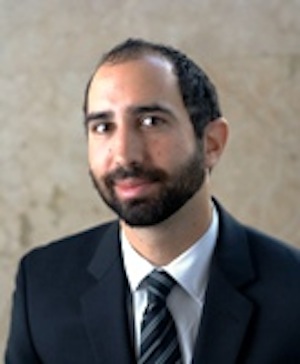
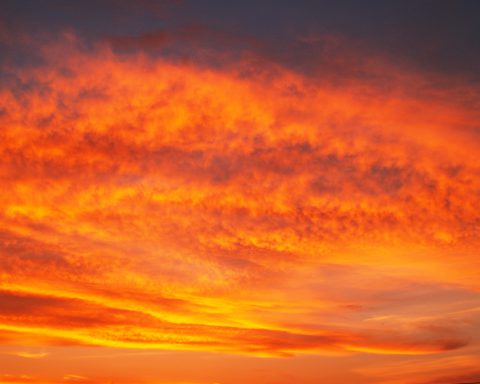


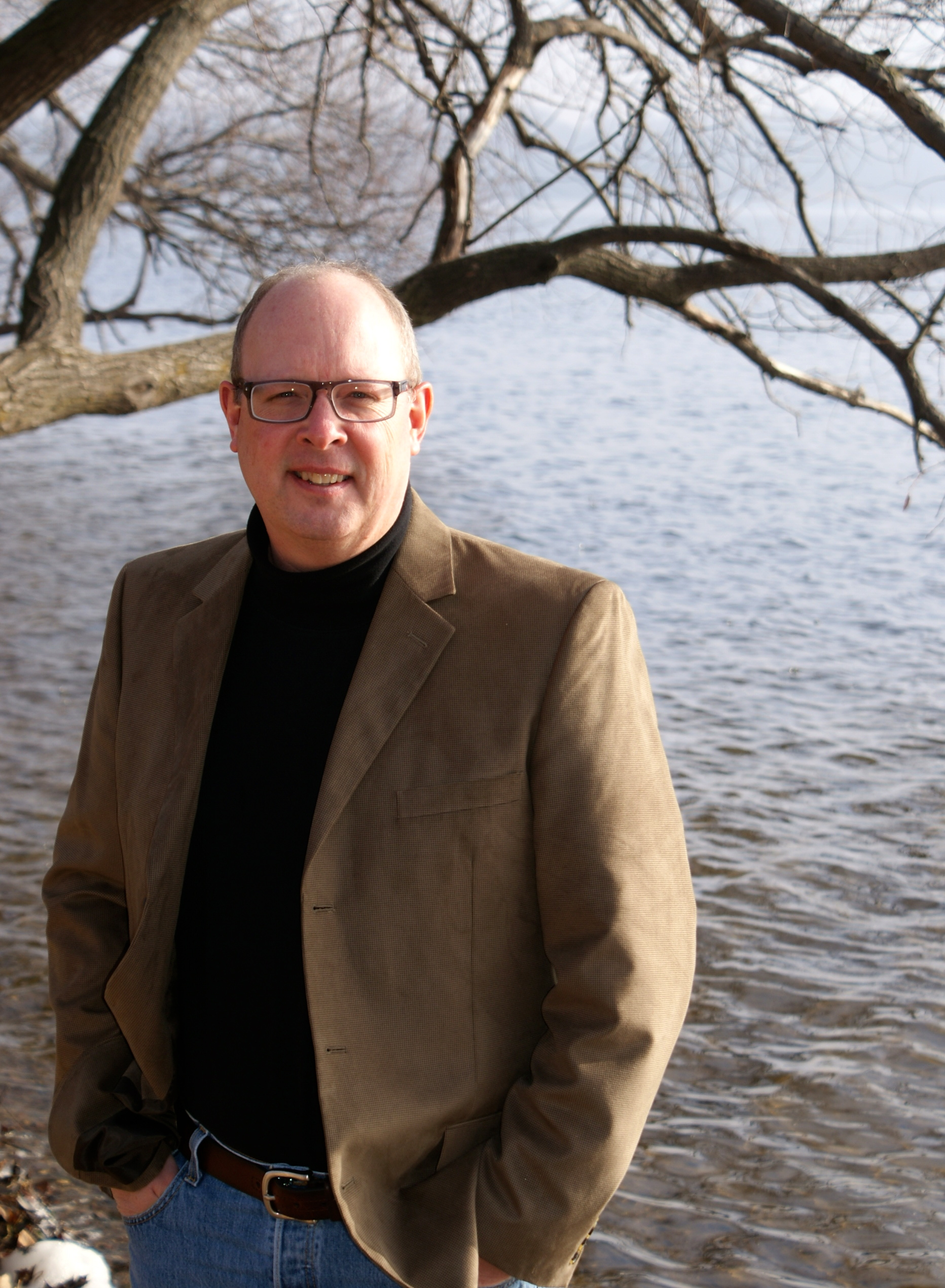
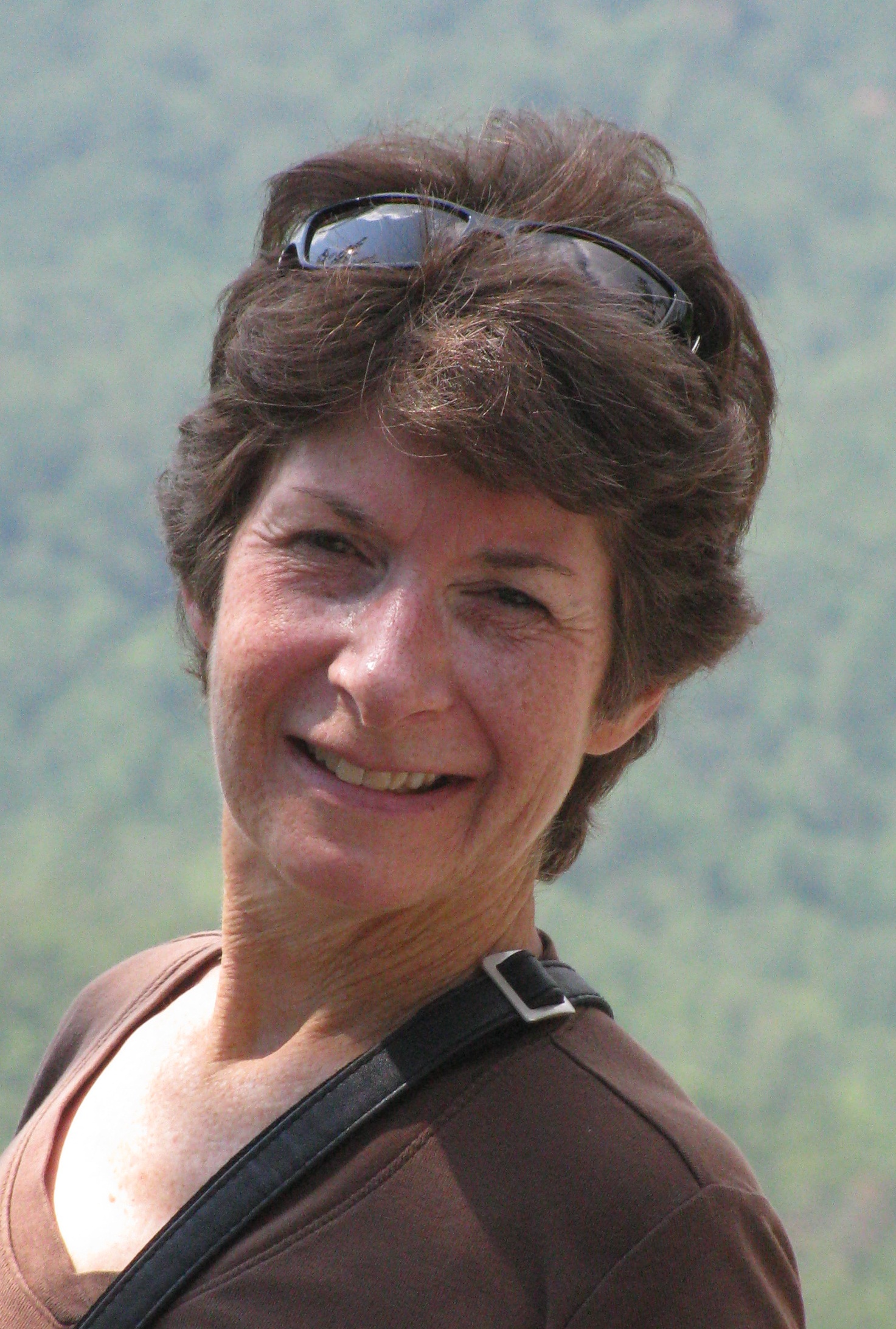
Unbound Social